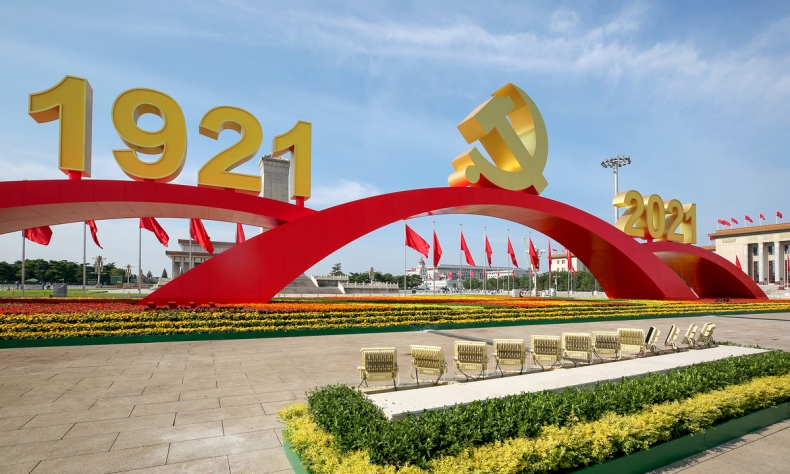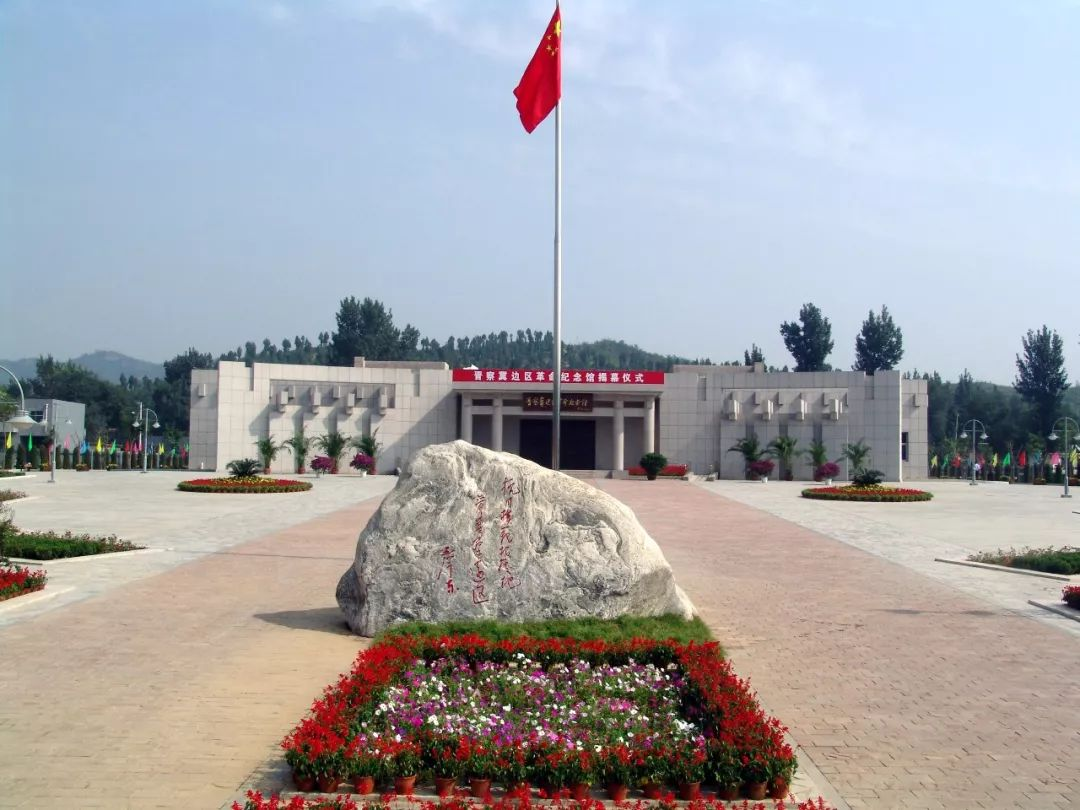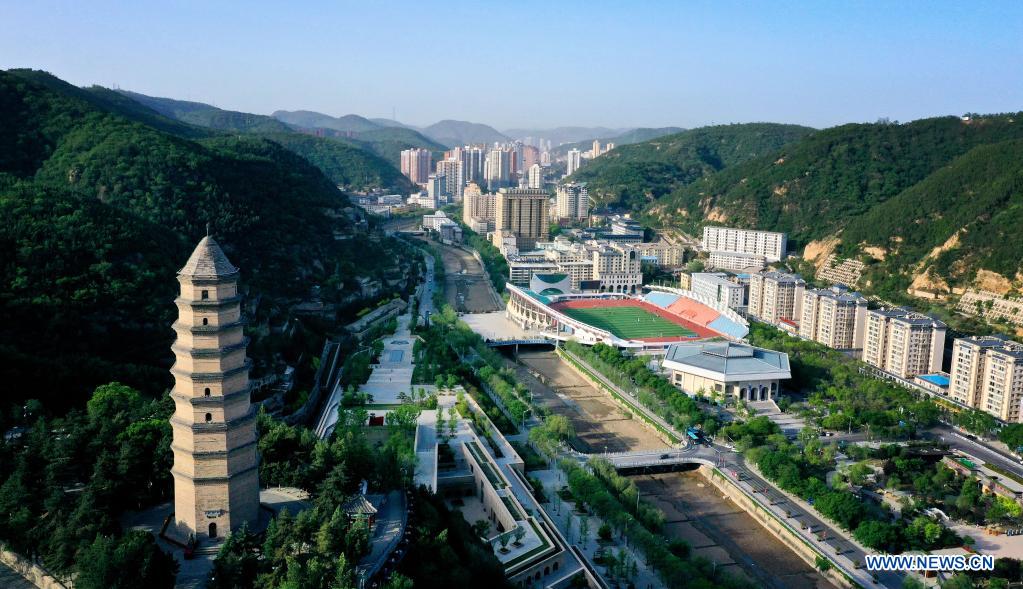A Hundred Years of the Communist Party of China: Remembering the War of Resistance

Bringing all these different kinds of people together and maintaining their support required organisational sophistication and strategic planning, especially for the goals of social revolution.
Editor’s Note: David S G Goodman is Academician of the Australian Academy of Social Sciences, Academic Director of the Center for Chinese Studies at University of Sydney. In his speech at the International Academic Conference on the Communist Party of China Governing the Country: Experience and Enlightenment in Shanghai on July 20, Goodman shared his research on the CPC’s governing approach in the early period before the establishment of the People’s Republic of China. His speech is as follows.
Thank you to the organisers of this conference on the Communist Party of China (CPC) for inviting me to participate. It is a great honour. And only a shame that because of the current international health situation I am prohibited from travelling to join you in Shanghai.
The 100th anniversary of the founding of the CPC on 1 July 2021 was celebrated with great fanfare in Tiananmen Square. In the context of the evident successes – in particular economic, but also social and political – of the last four decades a certain amount of triumphalism is clearly justified.
I would though like to present some brief remarks about the history of the CPC. For without its earlier history the later experience may have happened, but almost certainly not in ways that finally eventuated. In my view, the later successes were the direct result of the CPC’s struggle during the War of Resistance against Japanese Aggression (1931-1945) in the development of the base areas particularly, but not exclusively in North China.
Many of the institutions and structures of the Party and the state after 1949 had their origins in the experience of the War of Resistance. The story and impact of Yan’an is well known. The Shen-Gan-Ning Revolutionary Base Area was Mao Zedong and the CPC’s capital at this time. Its influence on later years is famous.
Less well known though is the development and later influence of the other base areas in North China, in Shanxi, Shandong, Hebei, and Henan. The base areas in those provinces during the War of Resistance gave birth to a banking system (the South Hebei Bank) a postal service from Changzhi in 1938, and a party newspaper – People’s Daily – from Handan. All of which became national institutions in the PRC after 1949 and which continue to this day.
These institutions have been important in all kinds of way, but they are somewhat surprisingly best described as epiphenomenal. They came into being to support the CPC’s mobilisation of local people. And it was the CPC’s approach to mobilisation, the techniques it employed, and the practices that developed in the field that are the first pillar of later CPC success.

Throughout the years of the War of Resistance as recent research in the last 20 years has shown, the CPC from the start went out of its way in the other North China base areas to maximise their support not simply to the goal of defeating Japan, but also behind the banner of social revolution. To do this meant reconciling all kinds of interests by working with all kinds of people. Local elites, refugee intellectuals, teachers, peasants and landless labourers, who on the surface might be thought to have divergent interests. In parts of the various base areas where there had been peasant migration and increased land ownership concentration as a result of wider economic trends, there was obvious support to be mobilised amongst the poorer peasants and labourers. In more prosperous parts of the North China base areas with more enlightened local elites a higher social level of cooperation and mobilisation was possible.
The role of the CPC’s military and guerrilla forces was of course crucial in the development of CPC activities in the North China base areas and elsewhere. But it was far from the whole story. Many of the later North China base areas had developed their own CPC branches and groups even before the 8RA was created. Female primary school teachers in particular were a major source of initial party organisation across the region. As they became educated and trained to be teachers in the early 1930s away from home, they became attracted to the virtues of socialism. Returning to their homes and families they then set up CPC branches which of course welcomed the arrival of 8RA troops. And similar things happened elsewhere in China. On Lake Tai, for example, during the late 1920s it was three female primary school teachers who established the first CPC branch in Suzhou. Unsurprisingly, intellectuals of all kinds were drawn to the CPC.

Bringing all these different kinds of people together and maintaining their support required organisational sophistication and strategic planning, especially for the goals of social revolution. And this too the CPC was able to develop through staged processes of redistribution, largely around land ownership and usage. The key to this was that the middle peasant became the driver of social and political change. The growth in salience of the middle peasants was a function of the land redistribution achieved during the war, to a large extent through the operation of the market. By increasing the costs of landownership through taxation and reducing the costs of borrowing money or renting land, the CPC was able to effectively encourage landowners and rich peasants to decrease their landholdings. These holdings were then purchased by middle and poor peasants. The results were economic growth and security, and less potential for class conflict. If you want to know more about this, I suggest you read my chapter on the matter in Class and the Communist Party 1921-1978: Revolution and social change which is about to be published.
The connection with the policies of the last four decades are clear. Well, you might say, that was a long time ago and there really is no connection between those times and today. Well, that’s where you’d be wrong. Because the second pillar of later success was the recruitment of those who went on to be cadres of the party and of the state after 1949. This was important in two related ways. One was that those recruited to the CPC and the Army in North China during this time became the cadre force in many parts of New China after 1949. Moreover, the later generations of party leaders cut their teeth in the Base Areas of the War of Resistance. Their understandings of how politics worked were formed there and proved instrumental in the late 1970s and after in developing the ideas of Reform and Openness in order to create economic growth and security for all. Raising all of China out of poverty, as recently heralded by President Xi was the end of a long road.
It is a pleasure and an honour to be asked to participate in this conference on the CPC. I wish you all well.
Related Stories:
 Facebook
Facebook
 Twitter
Twitter
 Linkedin
Linkedin
 Google +
Google +










